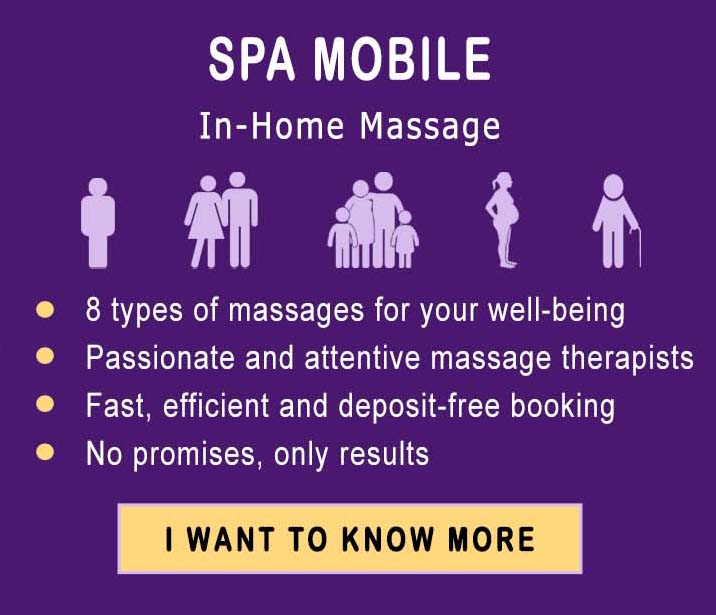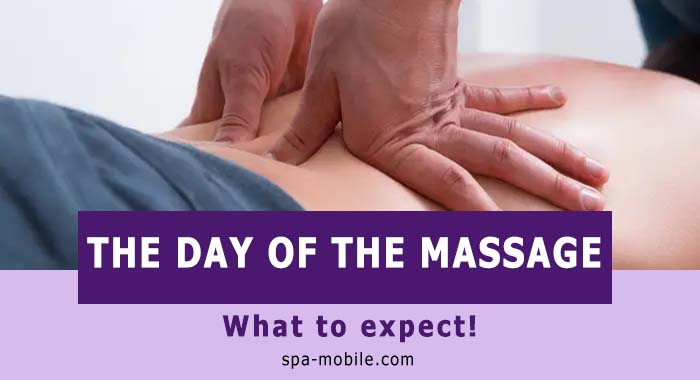improve your back posture
It’s not a lack of movement that causes most back pain, but a posture that develops idle habits!
Most people will experience back pain at some point in their lives, so you need to be careful about the posture you develop on a daily basis.
Sometimes, a small, harmless movement can seriously injure your back.
However, you can significantly reduce the risk of injuring your back by making a few small changes to your daily activities and habitual postures.
If you’re experiencing back pain, or would like to know what’s causing it, then a home massage therapy service could be of great help. But in the meantime, here are 16 things you need to know to improve your back posture.
7 general everyday postures
- Your sp ine: All spines have a hollow at the base of your neck and another in your lower back. Try to keep your spine in its natural shape, whatever you do.
- Lying in bed: Your bed should support your spine so that its natural curves are maintained when you’re lying on your back. Your mattress should be neither too hard nor too soft. You should be able to slide your hand down your back.
- Sitting: When you sit in a chair, your feet should be on the floor or on a footrest, with your hips slightly higher than your knees. Try not to sit for more than 20 minutes without getting up.
- Lifting and carrying: Avoid lifting heavy objects if you can. If the object is on the floor, bend your knees, not your back, then place the object on your knee with your foot flat on the floor. Once you’ve lifted the object, keep your feet apart to help you keep your balance and get the load as close to your body as possible.
- Rest: Rest regularly during vigorous activities and maintain an excellent level of tolerance in your activities.
- Clothes and shoes: Loose-fitting clothes make it easier to bend your body. Wear shoes with soft soles and avoid high heels.
- Keep fit: Strengthen your back and abdominal muscles, as they are your support. Do some flexibility exercises to stretch your muscles and connective tissues. Jogging is a great way to keep fit.
6 postures for housework and gardening
- Washing dishes: Try not to bend down when washing dishes and rest one foot on something in front of you for a few minutes, then do it with the other foot. You can also sit on a high stool.
- Ironing: Adjust the height of the board so that you don’t have to bend over it.
- Vacuuming: Push your vacuum cleaner in front of you rather than pulling or pushing it from side to side.
- Making the bed: When making your bed, kneel on a cushion on top of the sheets. Lightweight sheets and comforters can make the job easier.
- Take something up: Use a ladder rather than stretching.
- Gardening: Do some gentle stretching before and after your gardening activities. Bend your knees or use a tool to remove weeds. Use tools with long handles to prevent excessive bending.
3 postures at the desk and computer
- Sitting: Make sure you can adjust your chair so that your lower back is well supported. Keep your knees level with your hips.
- Arms: Make sure your elbows are not in front of your body line when using your computer’s keyboard and mouse.
- Breaks: Get out of your office on a regular basis to do some simple stretching exercises. Try taking a short walk at lunchtime.
Choose massage therapists who are attentive to your situation.
If you want a unique massage to relax or free yourself from your pain, discomfort, pain or suffering, isn’t it wise and sensible to turn to massage therapists who know what you are doing? Live?
improve your back posture
improve your back posture







